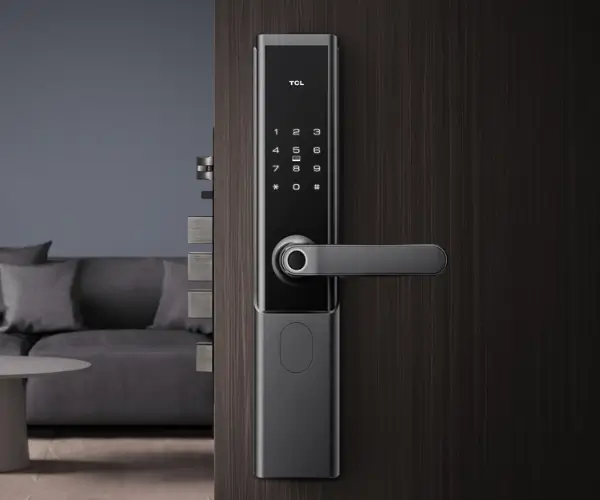If you're looking to control a servo motor with an Arduino, you're in the right place. Servo motors are widely used in robotics, automation, and even in hobbyist projects. They're great for precision control, and when paired with an Arduino, they offer a simple yet powerful way to bring your ideas to life.

Getting Started with Arduino and Servo Motors
When it comes to controlling a servo motor, the process is straightforward, but understanding a few basics can help make your project smoother. First, let’s talk about the components you need. You'll need an Arduino board, a servo motor, and some jumper wires. That’s it!
The beauty of servo motors lies in their ability to rotate to specific angles. Whether it’s turning a robot’s arm or adjusting a camera, servo motors do exactly what you tell them to. The servo motor gets its position from a pulse signal—something that the Arduino can easily generate.
Wiring the Servo to Your Arduino
Let’s break down the wiring. Connect the servo's control wire to one of the PWM (Pulse Width Modulation) pins on the Arduino—usually pin 9 works well. The power and ground wires from the servo go to the 5V and GND pins on the Arduino, respectively.
Once everything is connected, you’re ready for the fun part—the programming.
Writing the Code
You don’t have to be a programming expert to control a servo motor. The Arduino IDE comes with a built-in library specifically for servo motors, called the Servo library. This makes things a lot easier!
Here’s a basic sketch to get you started:
#include <Servo.h>
Servo myServo; // Create a Servo object
void setup() {
myServo.attach(9); // Pin 9 controls the servo
}
void loop() {
myServo.write(0); // Move to 0 degrees
delay(1000); // Wait for 1 second
myServo.write(90); // Move to 90 degrees
delay(1000); // Wait for 1 second
myServo.write(180); // Move to 180 degrees
delay(1000); // Wait for 1 second
}
This simple code will make your servo motor rotate from 0 to 180 degrees, pausing for 1 second at each position. The key function here is myServo.write(), which takes an angle in degrees (from 0 to 180) and sends that to the servo.
Troubleshooting Your Setup
If your servo isn’t moving as expected, it’s worth checking a few things. First, ensure your connections are correct—sometimes a loose wire can be the culprit. Also, make sure your power supply is adequate. If you’re running multiple servos or if the motor draws too much current, the Arduino’s 5V pin might not provide enough power.
If you notice the servo "jittering" or not responding to the commands, it could be a sign of insufficient power or a noisy signal. In this case, using an external power source for the servo or adding a capacitor to smooth the voltage could help.
A Common Question
"Can I control more than one servo at once with my Arduino?" Absolutely! With the Servo library, you can control up to 12 servos at once using a standard Arduino board. For more servos, you’ll need to look into advanced techniques like using a servo driver or expanding your control with a library that supports additional PWM outputs.
Why Choose KPOWER?
When it comes to quality and reliability, KPOWER servo motors are top-notch. Whether you're building a robot, a drone, or any other project that requires precision control, KPOWER’s servo motors offer high performance, smooth operation, and durability.
KPOWER's servo motors are designed with easy integration in mind. They're perfect for both beginners and advanced users, offering consistent results every time.
Conclusion
Incorporating a servo motor into your Arduino project opens up a whole new realm of possibilities. It’s an exciting way to learn about motors, sensors, and control systems while creating something practical. With the right components, some simple wiring, and a bit of code, you can get your servo moving in no time.
If you're new to working with servos and Arduino, take it step by step. As you gain confidence, you'll find that controlling servos becomes second nature. Whether you're adjusting the angle of a robotic arm or setting the position of a camera, the possibilities are endless!
Established in 2005, Kpower has been dedicated to a professional compact motion unit manufacturer, headquartered in Dongguan, Guangdong Province, China. Leveraging innovations in modular drive technology, Kpower integrates high-performance motors, precision reducers, and multi-protocol control systems to provide efficient and customized smart drive system solutions. Kpower has delivered professional drive system solutions to over 500 enterprise clients globally with products covering various fields such as Smart Home Systems, Automatic Electronics, Robotics, Precision Agriculture, Drones, and Industrial Automation.




































